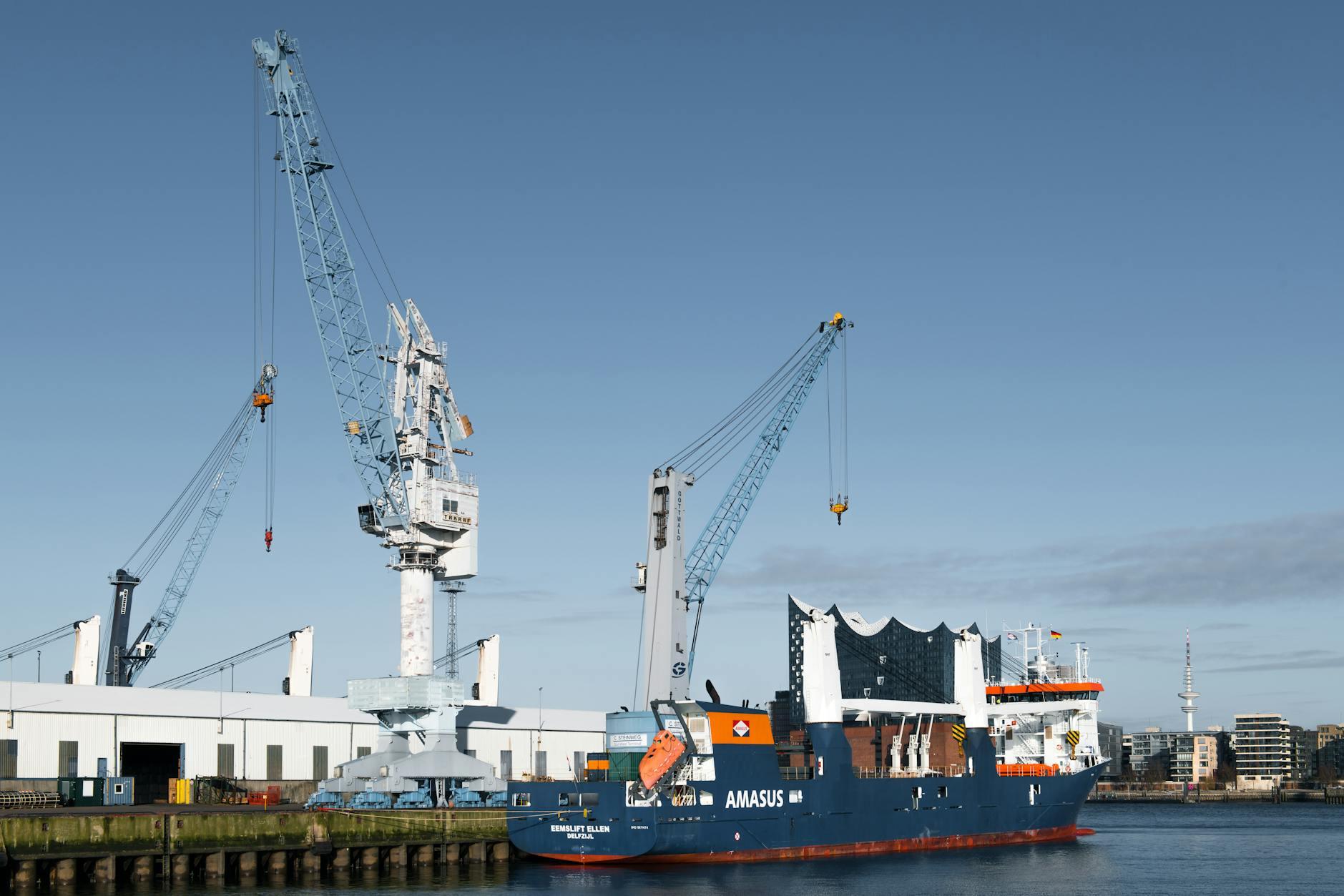
1. How to Choose Professional FabricsExport agentThe company?
Under the framework of the new 2025 textile export regulations, it is recommended to evaluate potential agency companies from the following dimensions:
- Industry experience match rate: The focus is on assessing whether there are textile export cases, particularly hands-on experience in target markets (such as Europe, America, and ASEAN).
- Service capability coverage: Must possess both customs declaration and inspection qualifications,International logistics, document preparation, foreign exchange settlement, and other full-chain service capabilities
- Compliance Management System: An HS code intelligent classification system should be equipped, with familiarity in international environmental certification requirements such as REACH and OEKO-TEX.
- 33. Risk control mechanism:A complete credit insurance solution must be provided, along with practical experience in handling customs AEO certification and anti-dumping investigations.
2. FabricExport customs clearanceWhat documents need to be prepared?
Announcement No. 38 of the General Administration of Customs in 2025 requires that textile exports must provide:
- Basic documents:
- Commercial Invoice (must indicate the percentage of fiber composition)
- Packing List (with precise dimensions/specifications per roll/bolt)
- Sales and Purchase Agreement (Including Incoterms? 2025 Clauses)
- Professional Document:
- Textile Certificate of Origin (recommended to apply for FORM B/FTA)
- Quality Inspection Report (must include key indicators such as color fastness, pH value, etc.)
- Hazardous Materials Transport Certificate (Applicable to Special Materials Such as Flame-Retardant Fabrics)
III. FabricExport agentHow are fees calculated?
The agency service fees in 2025 usually include:
- Basic Service Costs: Charged at 0.8%-1.5% of the cargo value, with a minimum fee of 3,000 RMB per shipment.
- Special services fees:
- Special document preparation (e.g., RCEP Certificate of Origin): 500-800 RMB per copy
- Customs Classification Pre-determination Application: 2000 RMB per instance.
- Export tax refundFinancing service 1.2%-2%
- Expenses of third parties: Customs declaration fees, port miscellaneous charges, inspection and quarantine fees, etc., will be reimbursed based on actual expenses.
IV. How to Avoid Quality Disputes in Fabric Exports?
Based on the international textile trade arbitration cases of 2025, the following measures are recommended:
- Clearly specify the acceptance criteria in the contract (referencing international testing methods such as ISO, AATCC, etc.)
- Third-party sampling and sealing must be conducted before shipment (SGS or BV is recommended).
- Request the agency to provide full-process visual supervision services for loading.
- Adopt a blockchain traceability system to record the entire process of production, quality inspection, and transportation.
V. What are the special requirements for fabric exports to emerging markets?
For the RCEP member country markets to be prioritized for expansion in 2025:
- Vietnam market: A Quota Certificate and import license (which must be applied for 90 days in advance) are required.
- Indonesian market: SNI-certified textiles must undergo testing in local laboratories.
- Saudi market: Implement the new SASO regulations, requiring textiles to be accompanied by Arabic washing labels.
- Mexican market: The NOM-004-SSA3-2025 new regulation imposes higher flame-retardant requirements for children's clothing fabrics.
6. How to Maximize the Utilization of Free Trade Agreements for Fabric Exports?
It is recommended to reduce tariff costs through the following measures:
- RCEP Cumulative Rules: A preferential tax rate can be enjoyed if the proportion of raw materials from ASEAN countries reaches 40%.
- China-EU Agreement on Geographical Indications: Special Protection for Traditional Fabrics Such as Silk and Linen
- U.S.-China Tariff Exclusion Process: Fabrics compliant with USTR's 89th Exclusion List are eligible for duty refund applications.
- ASEAN Certificate of Origin Electronic Networking: Achieving a "Smart Document Review + Second-Level Clearance" Customs Model


 Follow Customer Service WeChat
Follow Customer Service WeChat